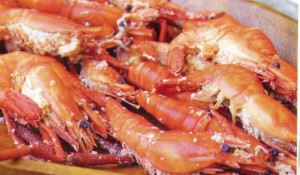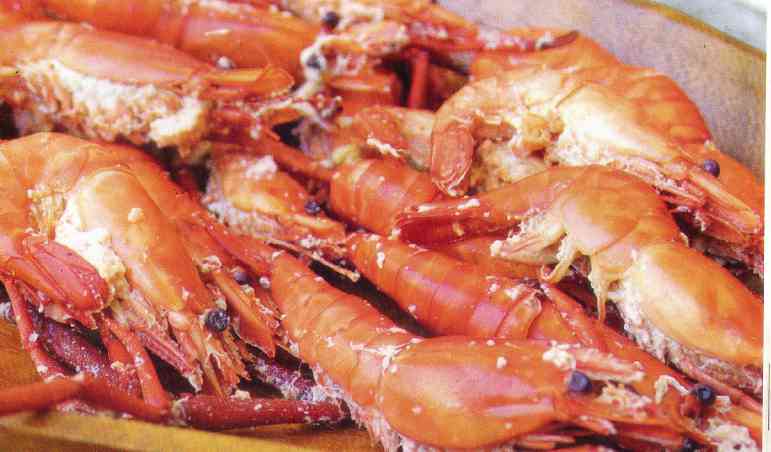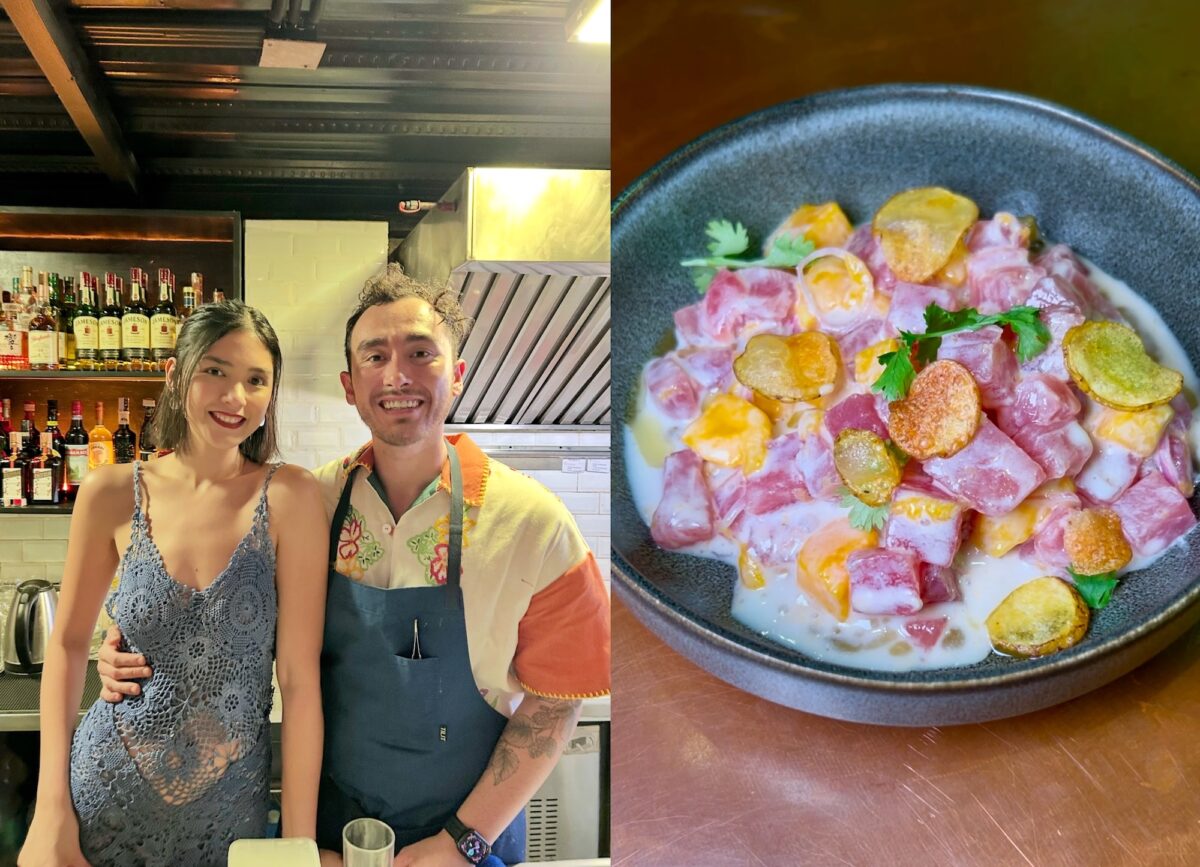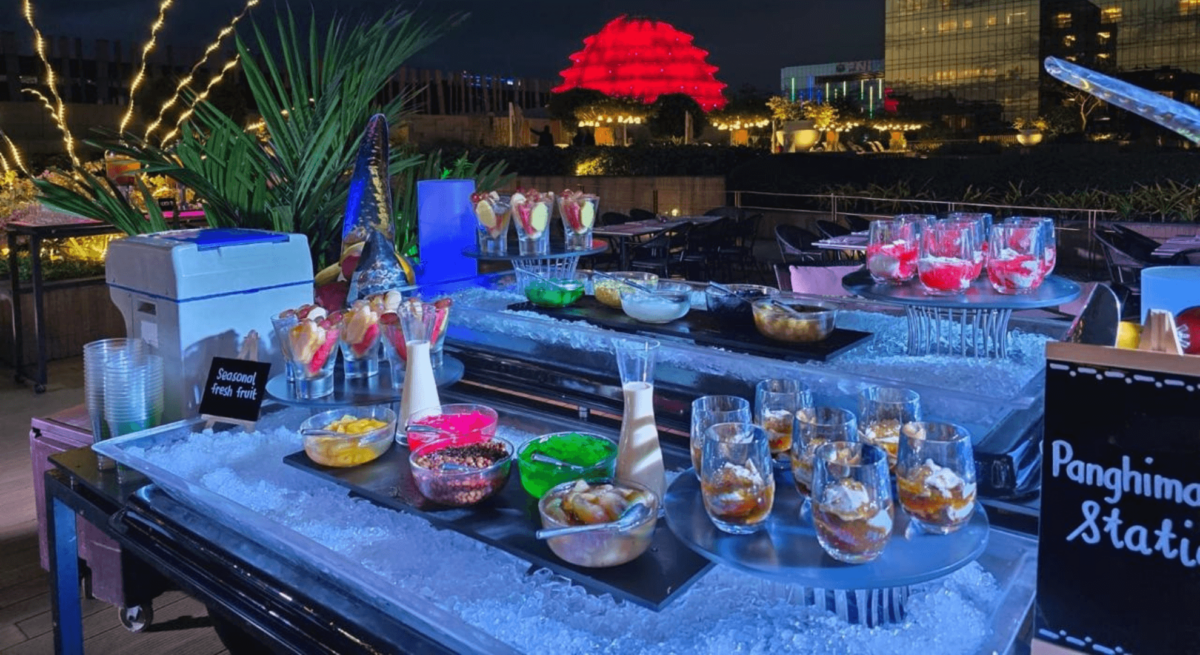
Manuel L. Quezon, the first president of the Philippine Commonwealth, sits rigid in bronze in front of his museum, designed like a facsimile of his birthplace. The sculpture shows his aristocratic features. But his coat and tie didn’t deter the children playing at the park from climbing all over him.
We were in Baler, Aurora province. How strange that Quezon should not have his hometown within the province that bears his name. Gerrymandering and political horse-trading apparently have resulted in Aurora in the northern part of Quezon province becoming a sub-province and then a full-fledged province in 1978.
Aurora was the name of Quezon’s wife. During the visit to Baler, I was told that Aurora was actually Quezon’s first cousin. Both their mothers were sisters and Aurora was sent to school in Manila as Quezon’s ward.
Reading Jane Austen should have made me attuned to the practices of those times when first cousins could mingle and marry.
There were many more facts to be learned about Baler, which I was visiting for the first time.
A big tsunami in 1735 wiped out the population and only six families survived, among them the Angaras, whose descendants were now hosting our visit.
First taste
Baler’s historic distinction is the Siege of Baler, memorialized in that movie starring Jericho Rosales and Anne Curtis; and, of course, the famous Spanish film “Los Ultimos.”
When my father had to go to Casiguran as part of his job, it was still a town of Quezon. He would tell us about the harrowing boat ride and the mountains he trekked. He even tried to entice us to taste the huge red bananas he brought home, which we found too soft and too sweet.
That didn’t count as my first taste of Baler. It was really in one of the five-star hotels that held a festival of its food. Curiously, it was suman that I remembered; it was pure sticky rice, cooked and flavored just right.
There were also the sweet variety as well as the salty ones called patupat. Someone said it was hard work for something to look that easily made, because this simple suman took 10 hours to prepare. It had unique wrapping, the coconut fronds not wrapped around the rice the way it is with suman sa ibos but folded up and down, with a white string keeping the folded fronds together.
At the time, the trip to Baler took many hours and the last hour was over really rough roads. I was told that Manuel L. Quezon didn’t want to make it easy to go to his hometown because he wanted to preserve the natural beauty and the virgin waters of his province. Well, he succeeded—for a time.
Today, Baler has become a sporting attraction, the pathway of surfers to the huge waves generated by the Pacific Ocean.
Ocean bounty
The ocean serves up more than just waves. We saw in the market remnants of the huge fish we were told would be usually sold there; but at 8 a.m. it was too late to catch a glimpse of

whole barracudas and marlins.
Pako (fiddlehead fern) was in several booths, also huge in size so that, instead of looking like those delicate, thin, curly masses one would see in weekend markets, they looked like bishops’ miters.
Pako is ever present in the Baler menu, taken as salad, cooked as the vegetable component of sinigang, and the best combination—with crabs and coconut milk.
One could eat crabs here everywhere. Shrimps, too, especially the riverine kind that look like small lobsters, the hipong ilog, with their big heads holding all the fatty goodness.
Edible wood
Meanwhile, the hardy pieces of yantok, or rattan, hide within their hollow interiors an edible core which is eaten in Baler. And there is kibit, barnacle shorn of its shell then deep-fried, tasting much like chicharon (pork crackling).
On that visit, I was struck at how new equipment was being used to teach students commercial cooking, food and beverage services, baking and pastry.
The Aurora Technological Institute has all the latest cookware, best subzero freezers and high-end refrigeration. Except that, after learning how to use those, Restaurant and Tourism graduates find out that the working world in Baler does not have the equipment.
But things appear to have improved lately, as new resorts coming up would mean upgraded food and beverage tools. Hopefully, these resorts and hotels would offer the best of traditional Baler cooking as well.
Food essay contest
The Doreen Gamboa Fernandez Food Writing Award deadline has been extended to Oct. 31. The subject is “rice”; this is in connection with the National Year of Rice 2013. Partner is the Philippine Rice Research Institute.
As Fernandez wrote: “If we didn’t have rice, our deepest comfort food, we would probably feel less Filipino.”
Yet the issue today is how we can keep rice on our tables—what farmers can do to increase productivity, what the food industry can do to decrease waste, what we ourselves can contribute to conserve our important grain.
Because research is an important consideration (40 percent of the criteria; the rest are 40 percent content, 20 percent style), competitors can check the nyr2013.com for ideas. The essay should have 800 words. (E-mail entries to [email protected])
Each contestant is allowed a maximum of two entries; each entry should have a pen name. To be submitted with the entry is a separate file indicating the contestant’s pen name, real name, contact information such as mobile number, landline, e-mail address, mailing address. Winners will be awarded cash prizes.
E-mail [email protected]













































